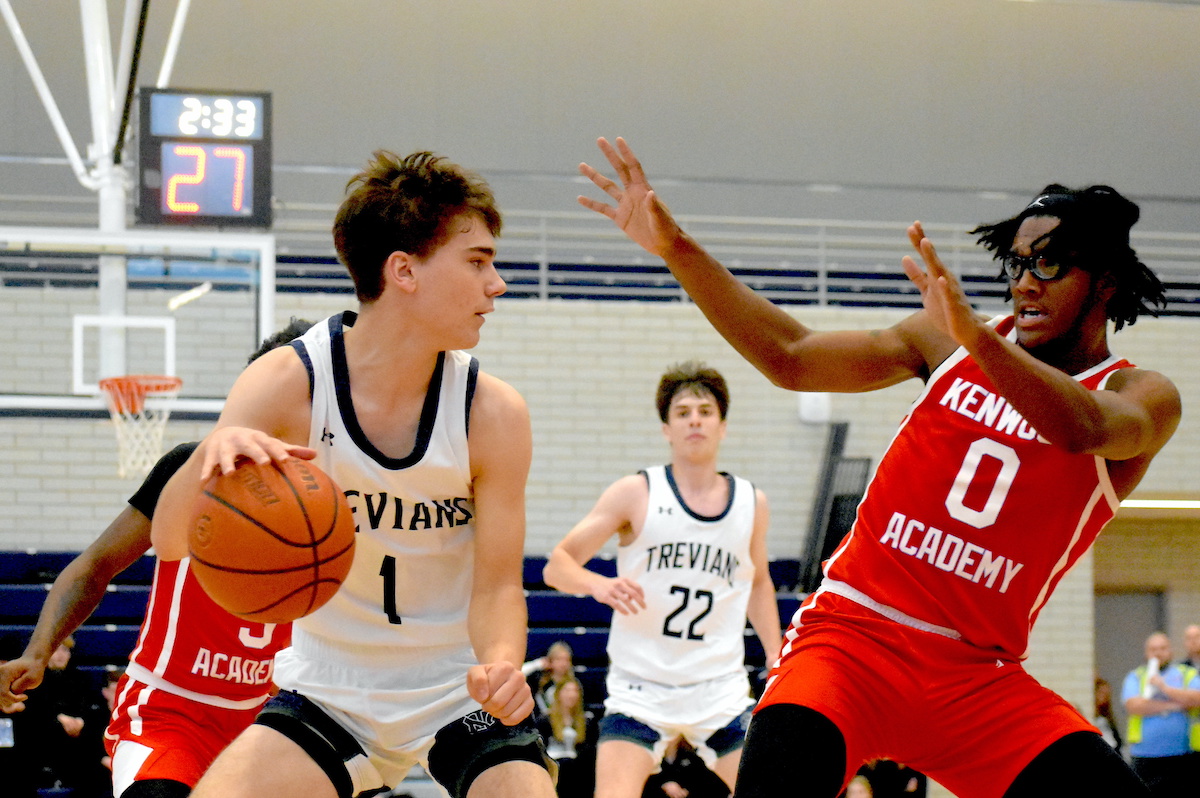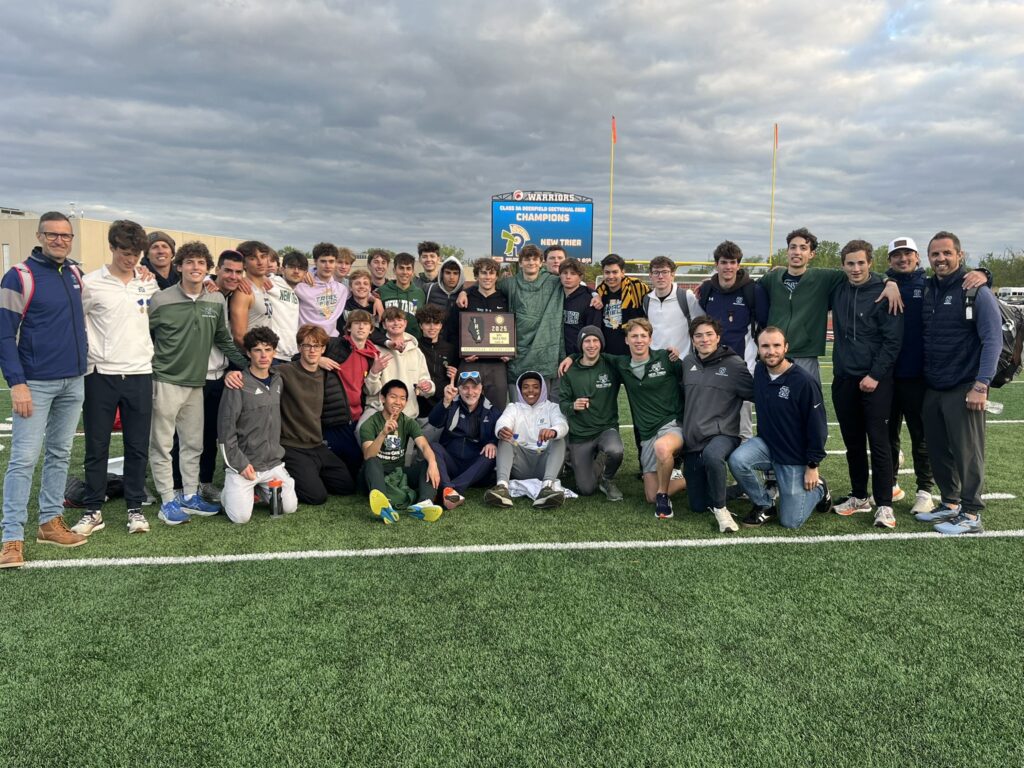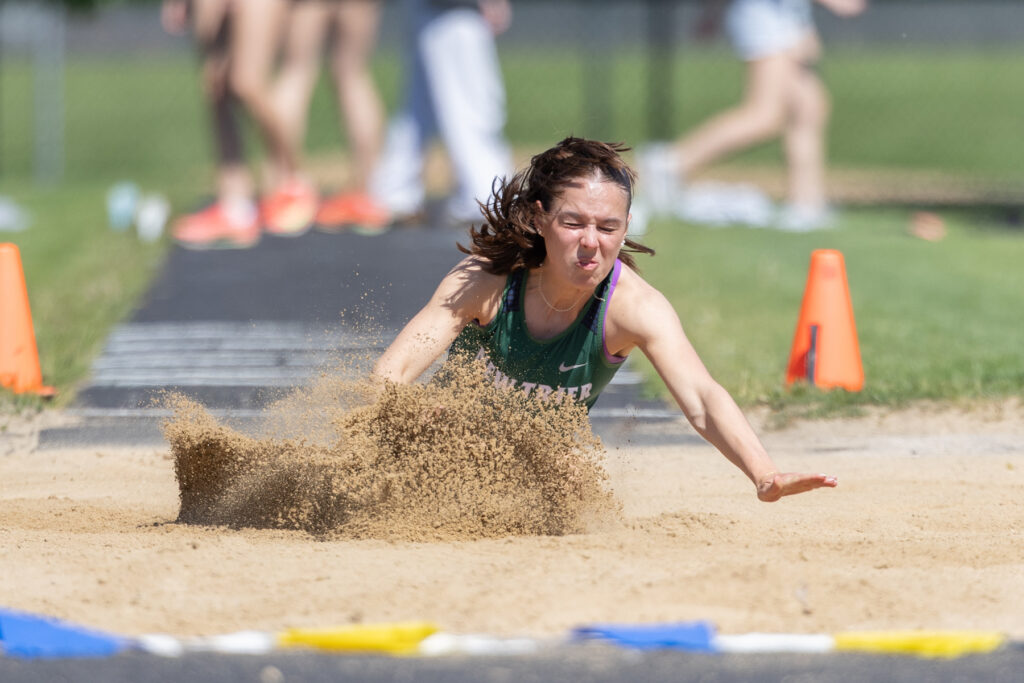
A shot clock is coming to Illinois high school hoops. Local coaches are on board — but wary
The shot-clock era is coming to IHSA basketball, and local coaches love the concept.
But they say the devil could be in the details.
The IHSA Board of Directors recently approved the adoption of a 35-second shot clock for all varsity boys and girls games beginning with the 2026-’27 season. Teams may use it for the 2024-’25 and 2025-2026 seasons without going to the IHSA for approval — as had been required for a pilot program launched to gauge interest and get feedback for the idea.
Use of the shot clock for lower levels will be optional.
“I think it’s obviously going to help the game,” said Loyola girls coach Jeremy Schoenecker, whose team is the reigning Class 4A champ. “The only concern I really have is will all facilities be able to man it so it won’t be a detriment to the game.”
Regina Dominican girls coach Bob Newton has the same worry.
“We’ve been to some places that could barely staff a (scorer’s) table, even in the state playoffs,” he said. “You’d go to a site and find kids at the table.”
“You have to have an IHSA official handling the (shot) clock,” Highland Park boys coach Ross Deutsch said. “We have a shortage of officials as it is.”
There’s also an infrastructure concern. All five high schools in The Record coverage area — New Trier, Loyola Academy, Highland Park, Regina Dominican and North Shore Country Day — have shot clocks in their main gyms, or are in the process of installing them. But all over the state, there are auxiliary gyms and fieldhouses used for tournaments and shootouts that aren’t equipped with the technology.
North Shore Country Day is in the process of renovating its gym, which is expected to be ready by Thanksgiving week with games to begin around Dec. 2.
“I’m glad I said, ‘Make sure there are shot clocks,” Raiders athletic director Patrick McHugh said.
The expense of adding shot clocks can be a major impact for smaller schools like NSCD and its Independent School League rivals.
“You have to give at least two years (notice) for schools to budget accordingly,” McHugh said. “I’m lucky where I work at a school where the athletic department is well-supported.”
He’s also concerned about staffing.
“I worry about some of our city schools,” McHugh said. “For a small school, it’s a manpower issue.”
The other four local schools all have shot clocks in place. Highland Park installed them last year so the Giants boys would be prepared to play with shot clocks at York’s Jack Tosh Holiday Tournament.
New Trier added them when building its new athletic facility, but the Trevians’ experience with shot clocks goes back further.
“We started playing with the shot clock two years ago in Arizona,” Trevians boys coach Scott Fricke said.
He likes it and wishes it had been in use when Homewood-Flossmoor went into stall mode after getting a late lead against New Trier in last year’s Class 4A state semifinals.
“They tried to hold the ball for three minutes,” Fricke said. “It’s hard to (play defense that long) when you get teams that are quick with good ball handlers.”
The Central Suburban League toyed with the idea of mandating shot clocks for conference games for the upcoming season, but it appears that won’t happen. Fricke and Deutsch both believe that’s the right call.
“I would prefer that it would be either in or out,” Fricke said, a sentiment Deutsch echoed.
As for whether the shot clocks might affect play, Loyola boys coach Tom Livatino said the answer is: not much.
The Ramblers, and to a lesser extent the Trevians boys, are known for playing low-scoring games. But, Livatino said, “the huge misnomer about is us we hold the ball.
“We’ve played with it the last two years and never had a shot-clock violation.”
In fact, Livatino believes the Ramblers may benefit from having a shot clock on the other end of the court because of their typically stingy defense.
In any case, he said, “We’re super excited about the shot clock coming in. … I would have wished that it came in sooner.
“I’m just glad there’s some forward thinking.”
The Record is a nonprofit, nonpartisan community newsroom that relies on reader support to fuel its independent local journalism.
Become a member of The Record to fund responsible news coverage for your community.
Already a member? You can make a tax-deductible donation at any time.


